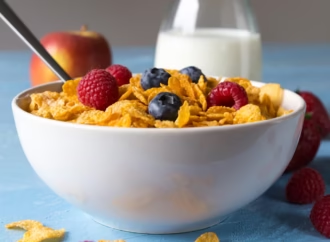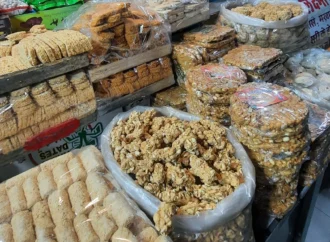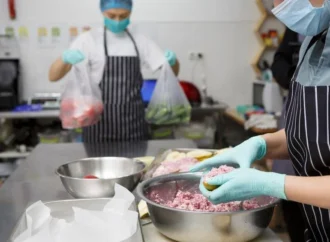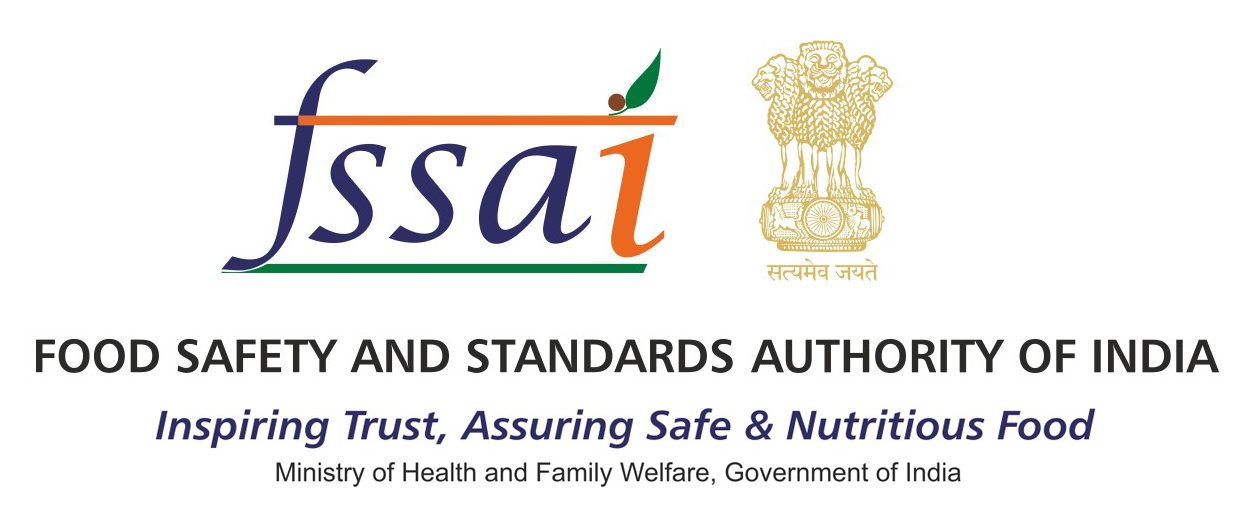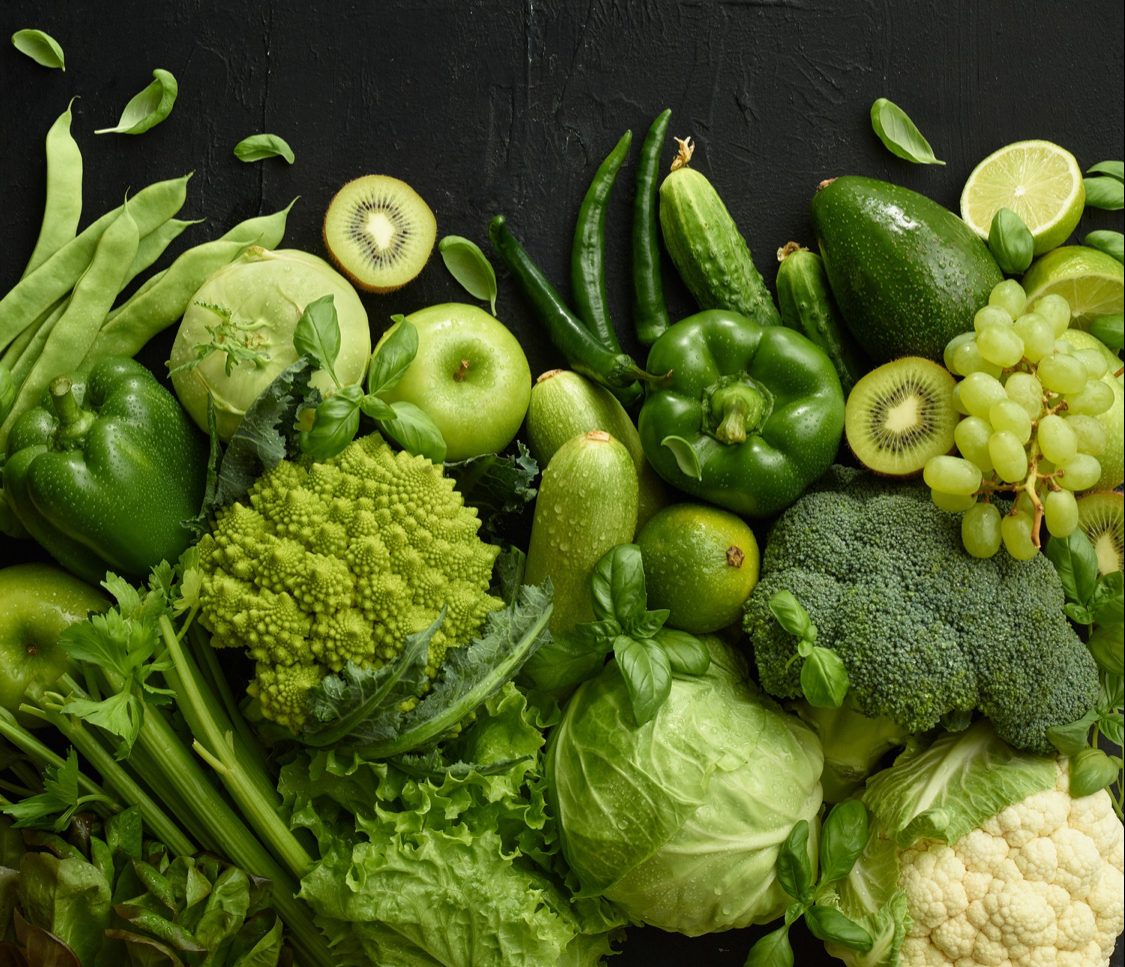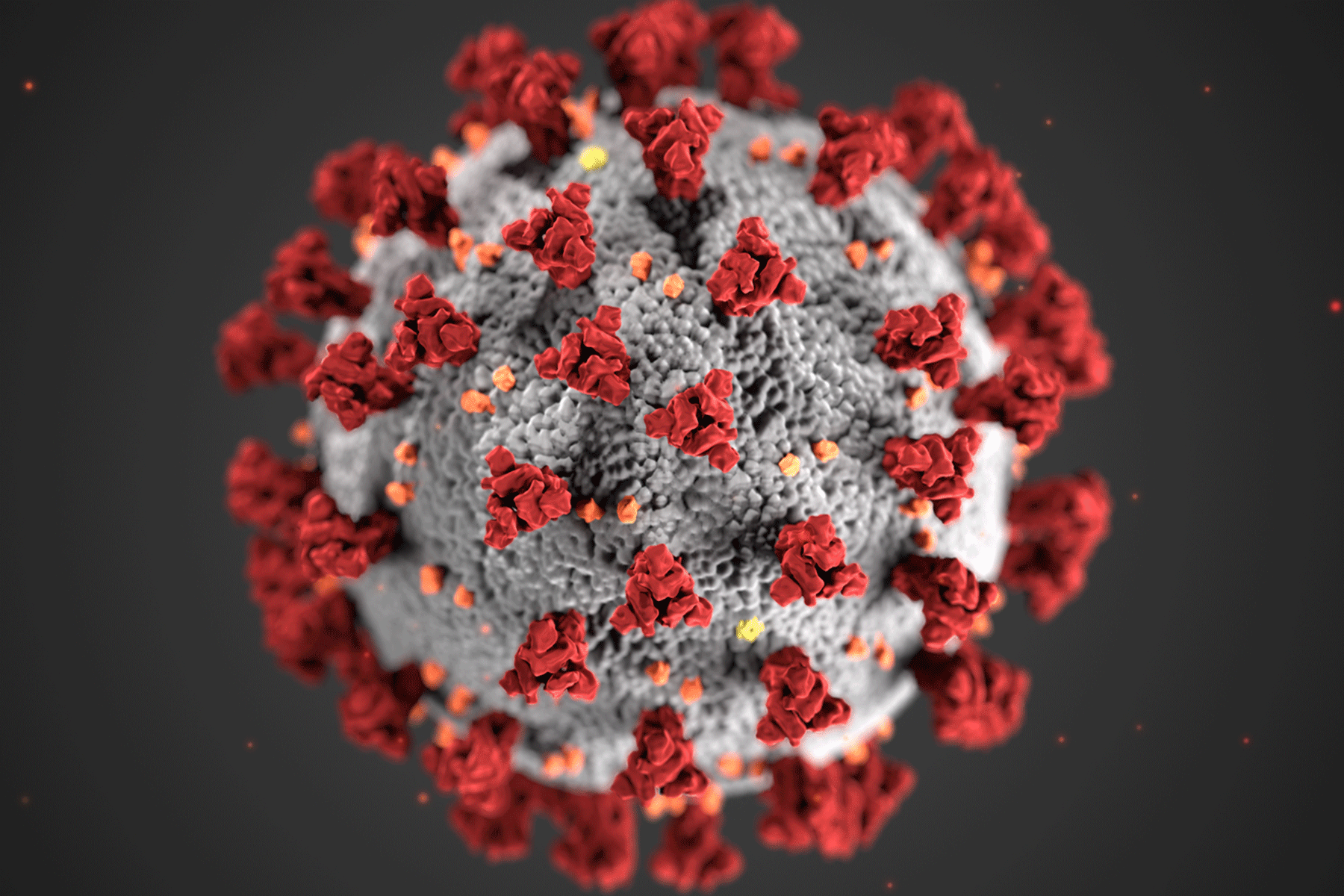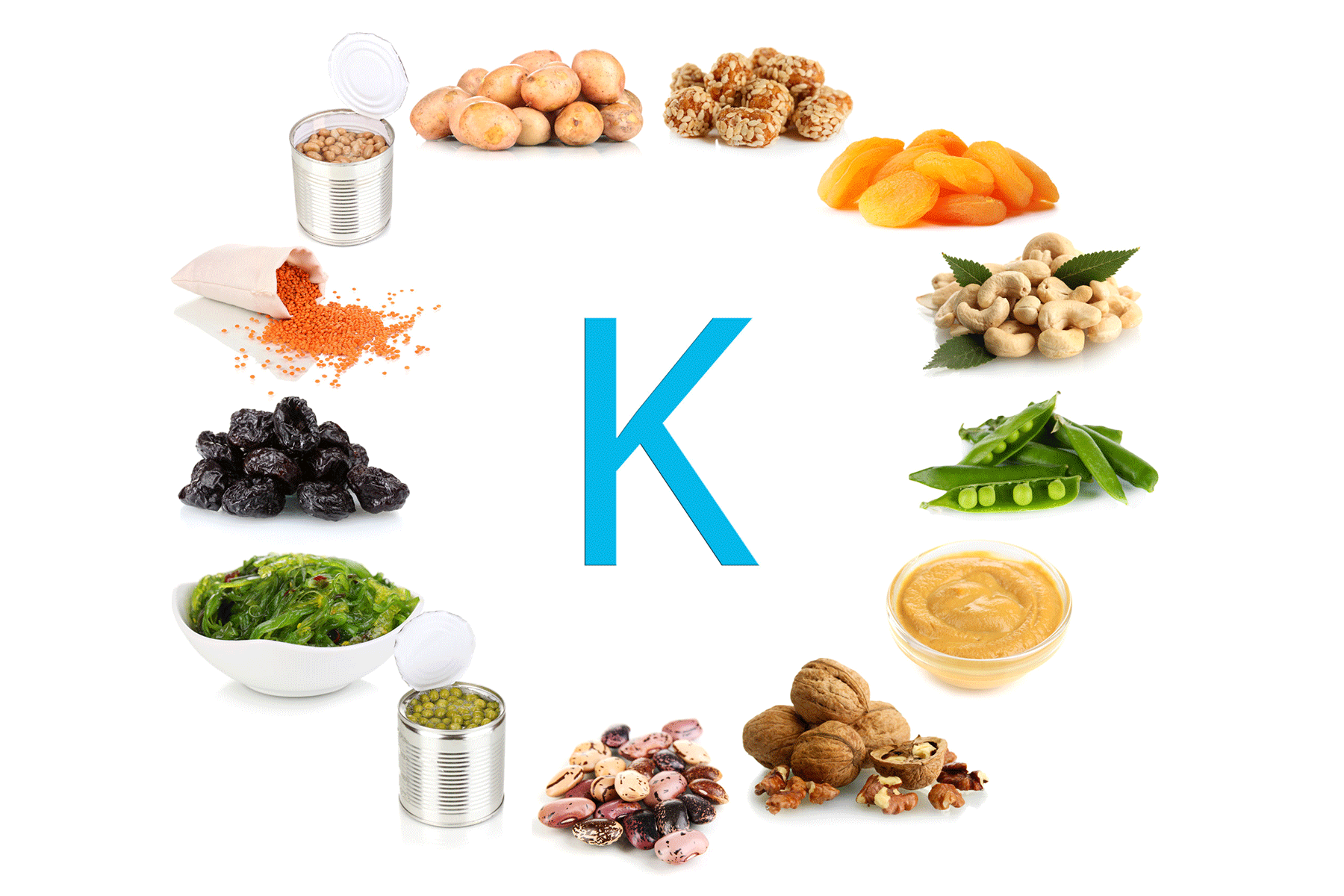Overview
ICMR-National Institute of Nutrition (NIN) will soon display dietary guidelines on posters across schools, colleges, and central government offices. These “model posters,” developed with the Food Safety and Standards Authority of India (FSSAI), follow the Union Health Ministry’s new rules on oil and sugar consumption.
What Do the New Guidelines Say?
The posters advise people to limit their daily intake to:
-
25 grams of sugar (about five teaspoons)
-
30 grams of oils, ghee, and butter (about six teaspoons)
These limits are based on a 2,000-calorie diet. Earlier, the sugar limit was 50 grams, but NIN cut it in half to fight rising lifestyle diseases. “A single 500 ml soft drink can exceed your sugar limit,” warned an NIN scientist who worked on the posters. “Although the guideline allows up to 100 grams, most people unknowingly cross this through ultra-processed foods and drinks.”
Where Will These Posters Appear?
The Centre has instructed all central institutions, CBSE, and ICSE schools to display these awareness boards. The goal is to spread the message among India’s large adolescent population, which faces a high risk of health problems.
Cutting Oil and Watching Hidden Fats
Experts recommend reducing oil intake gradually. “If a family uses two to three teaspoons per person daily, cutting back by 10% can make a big difference,” said the NIN scientist. He also advised using a mix of oils for better health benefits. Dieticians point out that people often exceed these limits due to changing food habits and the popularity of HFSS (high-fat, sugar, salt) foods. “Added sugar offers empty calories and no nutrition,” she said. “We consume it in tea, coffee, biscuits, and even curries. Oils and ghee go into chapatis, rice, dough, and snacks, increasing visible and hidden fat intake.”
Why This Matters: NCDs and Genetic Risk
Public health expert Dr. Avula Laxmaiah noted that lifestyle diseases now affect all income groups. “Low-income families are equally at risk,” he said, adding that Asian Indian genes tend to store fat more easily, which raises the danger. The Health Ministry expects this initiative to curb non-communicable diseases (NCDs) such as diabetes, obesity, hypertension, heart disease, and some cancers.
The Alarming Numbers
According to The Lancet, the number of obese adults in India could rise from 18 crore in 2021 to nearly 45 crore by 2050, making India the second most affected country. A Hyderabad survey by the Helping Hand Foundation found that one in three households already struggles with lifestyle diseases. Experts believe limiting HFSS and ultra-processed foods, reducing sugar and oil, and adopting balanced diets can help control this growing health crisis.
Source: MSN
 Food Manifest
Food Manifest 
